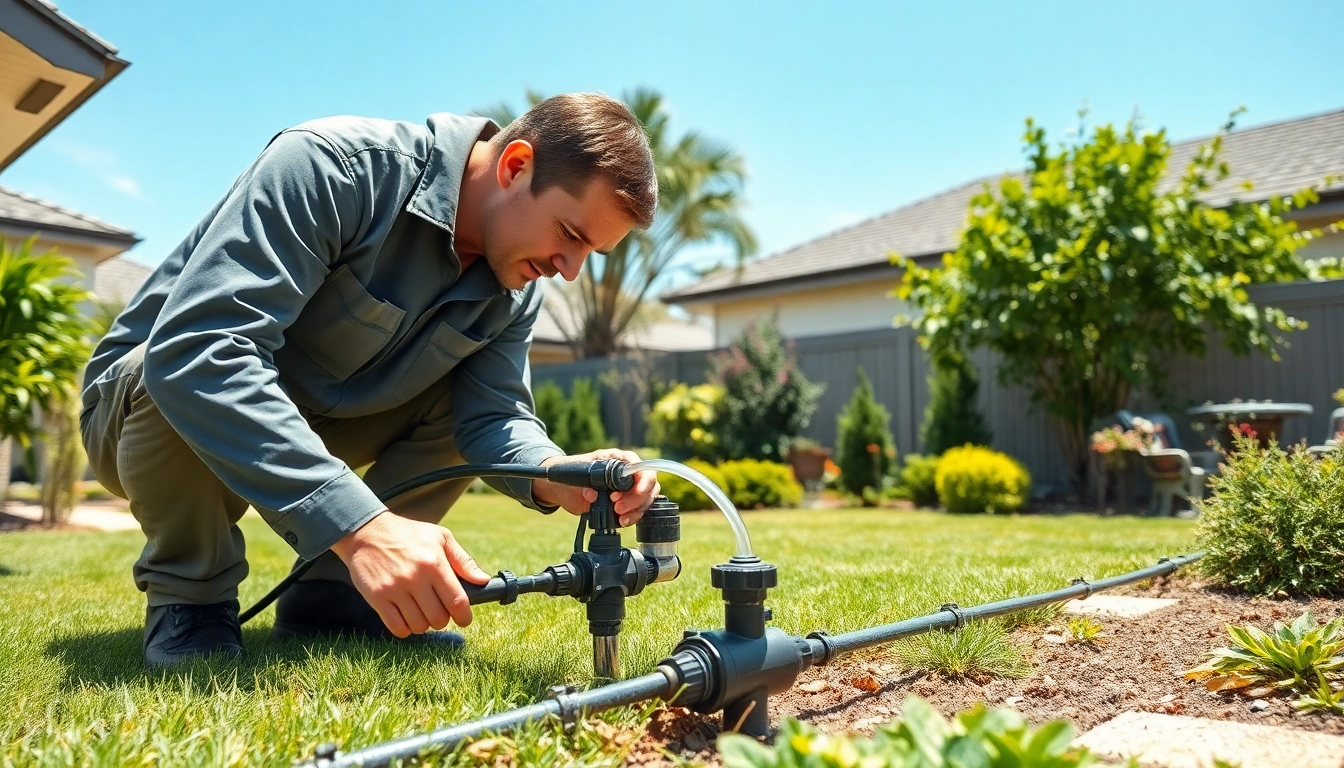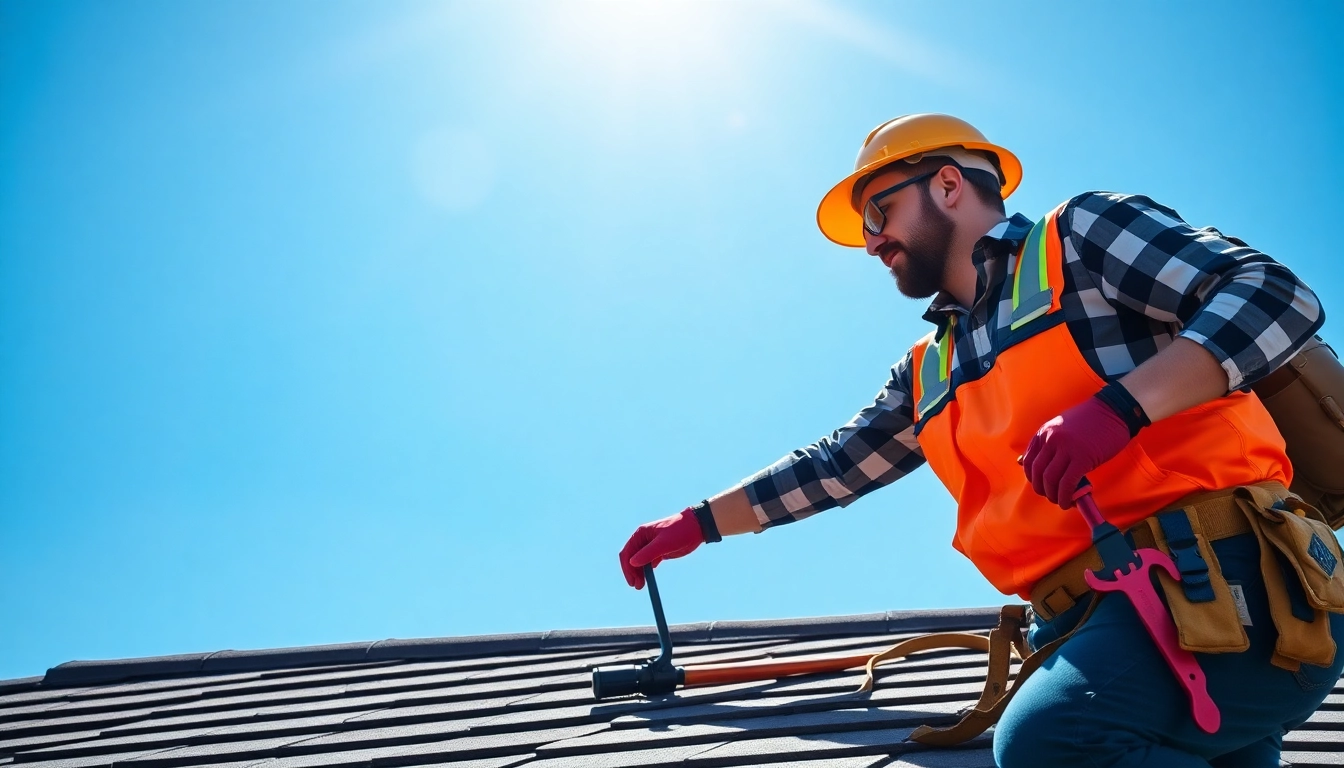Understanding Termite Reticulation Systems
What is a Termite Reticulation System?
A termite reticulation system is an integral pest control measure designed to protect properties from the incursions of termites. Essentially, it comprises a network of underground piping strategically installed around the perimeter of a building. This network allows for the direct injection of chemical treatments into the soil, providing a continuous barrier to deter termite activity.
The system is particularly popular in regions prone to termite infestations due to its effectiveness and convenience. Homeowners appreciate the seamless integration of the system into their landscaping, which remains undisturbed while still providing robust protection against termites. Thus, understanding how this system functions and its maintenance needs, including termite reticulation system refills, is crucial for long-term home safety.
How Do Termite Reticulation Systems Work?
Termite reticulation systems work by dispersing a continuous flow of chemical insecticides into the soil, effectively creating a treated zone that prevents termites from approaching the foundation of a home. This system utilizes a series of access points and valves, allowing pest control professionals to easily refill the chemicals without extensive digging or disruption to the surrounding environment.
When termites sense these chemicals, they are deterred from entering the treated zone. The system can be monitored and refilled as required, maintaining an effective barrier over time. Technicians typically assess the concentration of the chemical and determine the appropriate time for a refill based on factors such as the type of chemical used, soil conditions, and overall activity levels observed in the area.
Common Types of Termite Reticulation Systems
Termite reticulation systems can be categorized primarily into two types: traditional systems and modern systems.
- Traditional Systems: These often involve simple tubing installed around the parameter of a property, allowing for basic refilling of pesticides. They require regular monitoring and maintenance to ensure effectiveness.
- Modern Systems: Innovations in pest control technology have led to more sophisticated reticulation systems that include advanced features such as sensors to detect chemical depletion and automatic notifications for refilling. These modern solutions significantly enhance user convenience and effectiveness.
Importance of Regular Termite Reticulation System Refills
Why Timely Refills Matter for Home Protection
Timely refills of a termite reticulation system are essential for the continued protection of a property. Over time, environmental factors, moisture, and soil conditions can degrade the effectiveness of chemical treatments. Consequently, the protective barrier may weaken, allowing termites to breach the defenses of your home.
Failing to refill the system on schedule can lead to an infestation, which can cause significant structural damage. In severe cases, the financial implications of termite damage can run into thousands of dollars. Thus, strategizing the refill timeline should be regarded as critical home maintenance.
Signs It’s Time for a Refill
Homeowners should be alert to several indicators that signal the need for a refill of their termite reticulation system:
- Increased Termite Activity: Finding termite droppings, mud tubes, or live termites near the property indicates an urgent need to check the system’s efficacy.
- Ineffective Treatments: A marked decrease in the system’s performance can also manifest as an increase in pest sightings within the home.
- Scheduled Maintenance Checks: Most systems require routine checks every 3 to 8 years. Keeping to this schedule prevents any lapse in protection.
The Cost-Benefit Analysis of Refills
Conducting a cost-benefit analysis for termite reticulation system refills can provide homeowners with worthwhile insights. While the costs of refilling can vary based on the type of chemical used and the size of the property, the expense is typically viewed as well worth the investment. Comparatively, the cost of repairing termite damage can far exceed the price of regular refills, underscoring the critical role of proactive maintenance.
Saving money on potential damage, gaining peace of mind, and prolonging the lifespan of your termite barrier are compelling reasons to prioritize timely refills.
The Termite Reticulation System Refill Process
What to Expect During a Refill
The refill process for a termite reticulation system is straightforward yet technical, requiring precision to ensure efficacy:
- Assessment: A trained technician first evaluates the current state of the reticulation system, including checking access points and ensuring no blockages have formed in the piping.
- Preparation: The necessary chemicals are prepared, ensuring they align with the manufacturer’s specifications for effectiveness and safety.
- Refilling: Using specialized equipment, the technician injects the new chemical solution through the designated access points into the underground pipes.
- Testing: After refilling, the system is often tested to ensure proper distribution and efficiency.
DIY vs. Professional Refilling: Pros and Cons
When considering refills, homeowners often weigh the options of DIY versus professional services. Here’s a breakdown:
- DIY Refills:
- Pros: Cost savings, convenience, and immediate action.
- Cons: Risk of improper refilling, lack of professional-grade chemicals, and the absence of expert assessment.
- Professional Refills:
- Pros: Expert evaluation, guaranteed use of approved chemicals, and assurance of the system’s functionality and effectiveness after refilling.
- Cons: Higher costs compared to DIY.
Ultimately, choosing between DIY and professional refilling comes down to the homeowner’s comfort level and the potential risks involved.
Essential Equipment for Effective Refilling
For those considering undertaking the refill process, here are some essential tools and equipment:
- Access Tools: Tools to access and open the refill ports of the reticulation system.
- Chemical Application Equipment: This may include injector tools specifically designed for the chemical being used.
- Protective Gear: Appropriate safety equipment, such as gloves and masks, to avoid exposure to harmful chemicals.
Investing in the right equipment not only facilitates the refill process but also enhances safety and efficacy.
Best Practices for Maintaining Your Termite Reticulation System
Routine Checks to Ensure System Functionality
Regular inspections of your termite reticulation system can help identify issues before they escalate:
- Check access points for any signs of damage or blockages.
- Monitor the surrounding soil for signs of erosion or dislodgment that may affect the system.
- Keep track of the timelines for chemical refills to avoid lapses in protection.
Seasonal Maintenance Tips
Seasonal changes can impact the effectiveness of a termite reticulation system, necessitating specific maintenance strategies:
- Winter: Ensure the system is protected from freezing temperatures that could damage equipment.
- Spring: Conduct thorough inspections after wet weather to check for soil movement or new termite activity.
- Summer: Verify the system after hot weather conditions where evaporation could alter chemical concentrations.
- Autumn: Prepare for the upcoming winter by ensuring the system is fully functional.
Frequently Asked Questions About Maintenance
Here, we address some common concerns about the maintenance of termite reticulation systems:
- How often should I have my system checked? Regular inspections should occur yearly, with a refill assessed every 3-8 years depending on your specific system and chemicals used.
- Can I refill it myself? While DIY is possible, professional refills are recommended for safety and efficacy.
- What if I notice signs of termites after refilling? Contact a pest control expert immediately; it may indicate a more severe issue or need for system maintenance.
Future Trends in Termite Reticulation Systems
Innovations in Pest Control Technology
The pest control landscape is continuously evolving, with innovations aiming to enhance the effectiveness of termite reticulation systems. Developments are underway such as:
- Smart Technology: Systems equipped with sensors that monitor chemical levels and environmental conditions could revolutionize refilling schedules and maintenance alerts.
- Biodegradable Chemicals: A shift towards environmentally friendly pest control solutions is gaining traction, aiming to reduce the impact on local ecosystems.
Environmental Impacts and Eco-Friendly Practices
As awareness of ecological preservation grows, many pest control companies are emphasizing sustainable practices. Utilizing less hazardous chemicals and implementing smarter application methods can minimize environmental risks. Homeowners should advocate for these eco-friendly practices when employing pest control services.
Expert Predictions on Termite Management
Experts predict that as technology continues to advance, termite management will become increasingly proactive rather than reactive. Enhanced data collection through smart systems will allow for better tracking of infestations and a deeper understanding of pest behavior, leading to tailored solutions.
With these advancements, the effectiveness and convenience of termite reticulation systems are expected to improve, allowing homeowners peace of mind against termite threats.














Leave a Reply